The Nutritional Power of Dried Kiwi: Hot Air Drying vs. Freeze Drying
Kiwifruit, often referred to as the “superfruit” due to its impressive nutrient profile, is packed with vitamins, minerals, and antioxidants. However, while fresh kiwis are delicious, their limited shelf life can be a drawback for many. Drying kiwi solves this issue, offering a convenient and long-lasting alternative without compromising the nutritional value. At our company, we specialize in providing premium dried kiwi, utilizing advanced drying techniques like hot air drying and freeze drying, to meet the diverse needs of our clients.
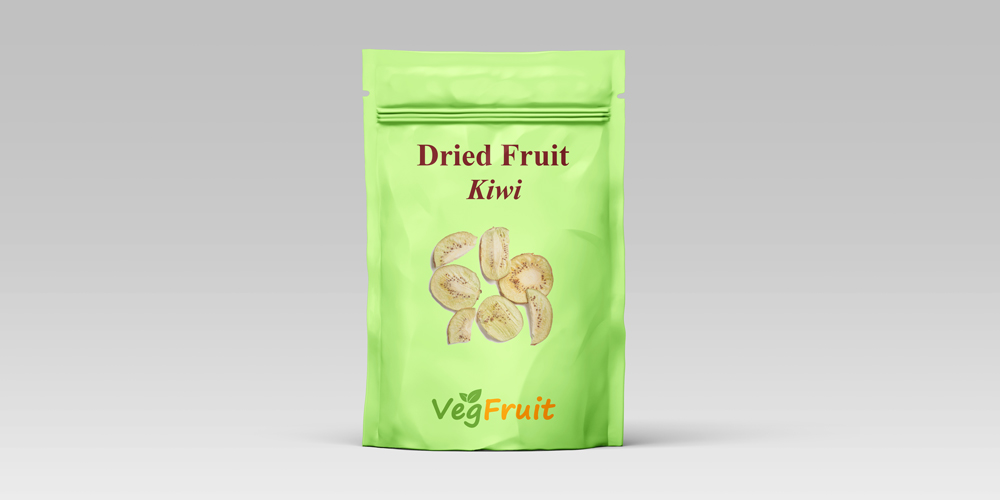
In this article, we’ll explore the different methods used in producing dried kiwi, the benefits of each method, and how our custom packing solutions cater to varying business needs.
The Benefits of Dried Kiwi
Dried kiwi provides the same incredible health benefits as fresh kiwi but with the added advantage of a longer shelf life and easy portability. Kiwi is naturally rich in vitamin C, vitamin K, fiber, and potassium. It’s also a great source of antioxidants that can support immune function, improve digestion, and boost overall heart health.
Dried kiwi is a perfect snack, a great addition to granola or cereals, and an excellent ingredient for baking or cooking. Moreover, because it is easy to store and transport, dried kiwi is a popular choice for health-conscious consumers, food manufacturers, and even for use in trail mixes and energy bars.
Methods of Drying Kiwi: Hot Air Drying vs. Freeze Drying
The process of drying kiwi is essential to preserving its unique flavor, color, and nutritional content. There are two main techniques used in producing dried kiwi: hot air drying and freeze drying. Each method has its own distinct advantages, and choosing the right method depends on the desired outcome for the product.
Hot Air Drying
Hot air drying is one of the most common and cost-effective methods for drying kiwi. In this process, the kiwi is sliced and exposed to a steady flow of heated air in a controlled environment. This removes the moisture from the fruit, leaving behind concentrated flavors and nutrients.
Advantages of Hot Air Drying:
Energy-efficient: It’s a widely used and less expensive drying method.
Faster processing: Compared to freeze drying, the process is quicker, making it suitable for large-scale production.
Cost-effective: For large quantities, hot air drying is an affordable option for both manufacturers and consumers.
However, hot air drying may result in slight loss of volatile compounds, meaning some of the fresh flavor and aroma may not be fully retained, and the texture can be somewhat chewier compared to freeze-dried kiwi. Nevertheless, the drying method preserves much of the fruit's essential nutrients, offering a quality dried product.
Freeze Drying
Freeze drying, on the other hand, is a more advanced method that helps preserve the fruit’s delicate structure and maximize nutrient retention. The process begins by freezing the kiwi slices at a very low temperature. Then, the water within the fruit is removed through sublimation, a process where ice transitions directly from solid to vapor without becoming liquid.
Advantages of Freeze Drying:
Preserves nutrients: Freeze drying is known to preserve up to 98% of the original fruit’s vitamins and minerals, retaining most of its nutritional value.
Retains flavor and texture: This method results in a product that has a light, crispy texture while maintaining the fresh, vibrant flavor of the kiwi.
Longer shelf life: Freeze-dried kiwi can last for a much longer time than hot air-dried products without refrigeration.
While freeze drying is a more costly and energy-intensive process, it results in a higher-quality product with superior flavor and nutrition, making it the ideal choice for premium applications.
Nutritional and Culinary Uses of Dried Kiwi
No matter the drying method, dried kiwi is a versatile and nutritious ingredient. Here are some of its most popular applications:
Snacks: Dried kiwi can be enjoyed on its own as a healthy, sweet snack or combined with other dried fruits in a trail mix.
Breakfasts: Add dried kiwi to cereals, oats, or yogurt for a nutritious boost to your morning routine.
Baking: Incorporate dried kiwi pieces into baked goods like cookies, cakes, and muffins for a burst of flavor.
Smoothies and Juices: Rehydrate dried kiwi in water and blend into smoothies or juices.
Granola & Energy Bars: Dried kiwi is an excellent ingredient for energy bars or granola, adding texture and a tangy taste.
In addition to its culinary uses, dried kiwi offers a convenient and long-lasting option for adding essential vitamins and fiber to a balanced diet.
Custom Packing Solutions for Dried Kiwi
At our company, we believe that one size does not fit all when it comes to packaging. Every client has different needs, whether you're looking for bulk quantities for food manufacturing or retail-sized packaging for consumers. Our custom packing solutions are designed to accommodate a wide range of requirements, ensuring that your dried kiwi arrives in the best possible condition.
We offer several packaging formats, including:
Bulk Packaging: Ideal for wholesalers or manufacturers looking to buy large quantities of dried kiwi for further processing or repackaging.
Retail Packaging: Customized in smaller, consumer-friendly sizes, perfect for grocery stores, health food markets, or e-commerce platforms.
Eco-friendly Packaging: We offer sustainable packaging materials to align with environmentally conscious consumer trends.
All of our packaging is designed to maintain the freshness and quality of the dried kiwi, protecting it from moisture, light, and air that can degrade the product. With flexible options for private labeling and unique packaging designs, we can help enhance your brand’s identity while delivering a premium product.
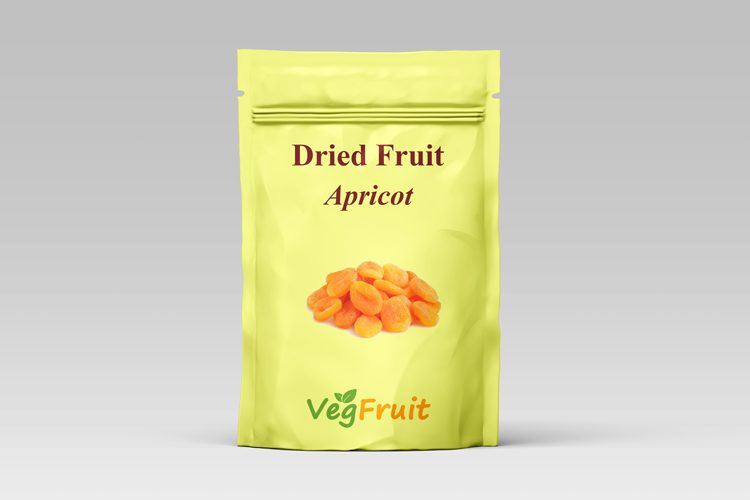
Dried Apricots
Dried apricots are a delectable and nutritious snack that encapsulates the vibrant flavor of fresh apricots while providing convenience and...
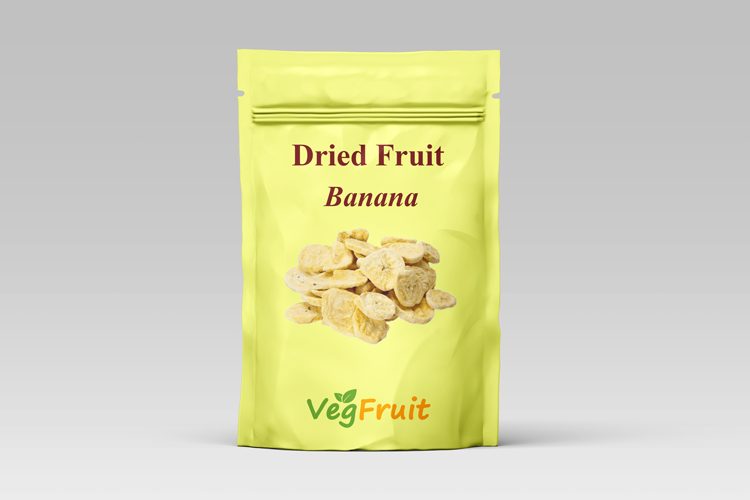
Dried Bananas
In the world of snacking and culinary versatility, dry bananas stand out as a nutritious, delicious, and convenient choice. Whether...
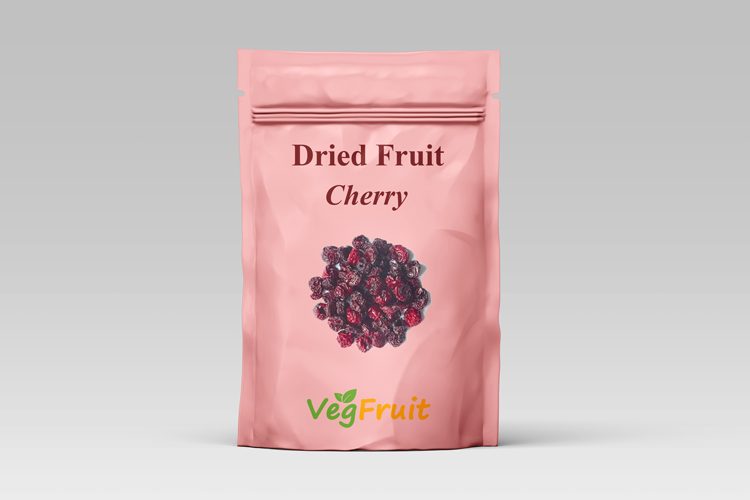
Dried Cherries
Dried cherries are a delicious and nutritious snack that captures the rich, sweet-tart flavor of fresh cherries while providing convenience...
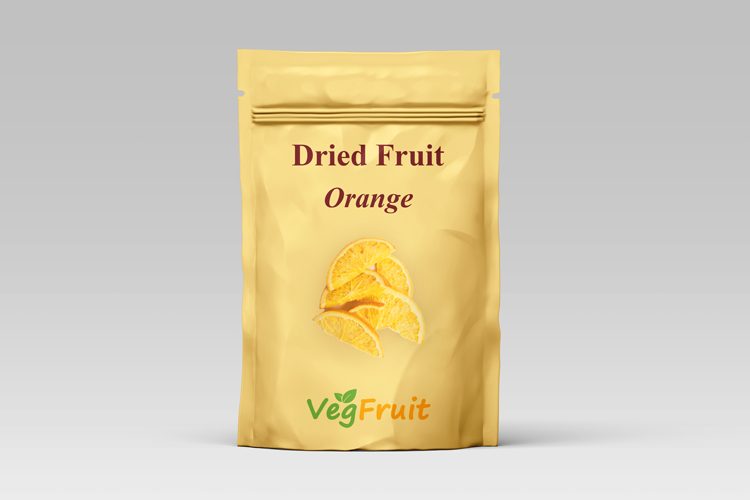
Dried Oranges
Dried oranges are a delightful and nutritious snack that captures the vibrant flavor of fresh oranges while offering convenience and...
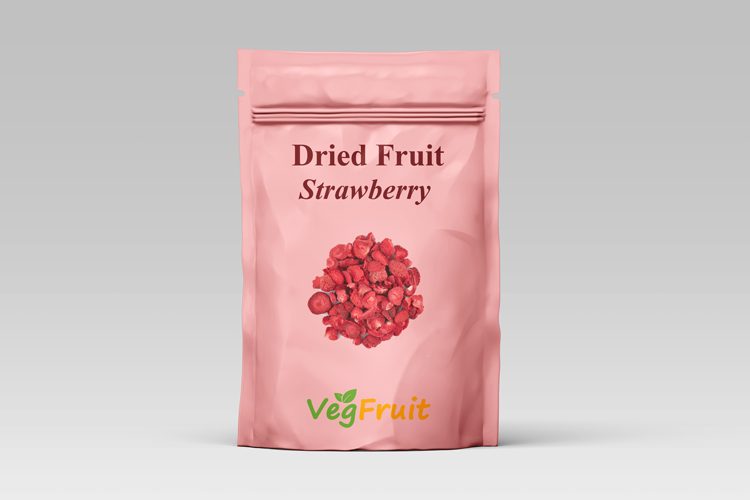
Dried Strawberries
The Benefits of Dried Strawberries: Hot Air Drying vs. Freeze Drying Strawberries, often referred to as the "queen of fruits,"...
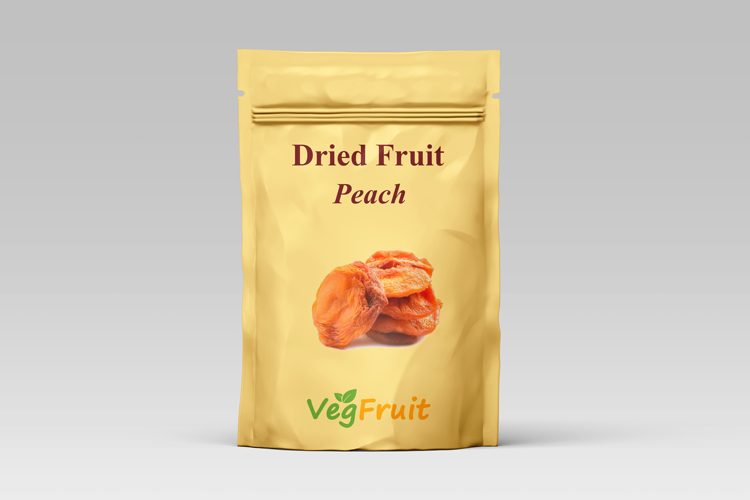
Dried Peach
The Advantages of Dried Peaches and How They’re Made Dried peaches are a delicious, nutritious, and convenient snack that brings...
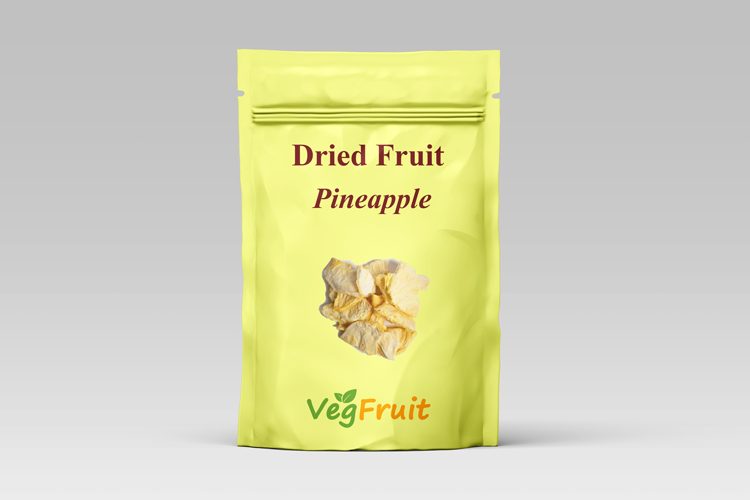
Dried Pineapple
The Benefits of Dried Pineapple: A Delicious and Nutritious Snack Pineapple, with its tropical sweetness and tangy flavor, is a...
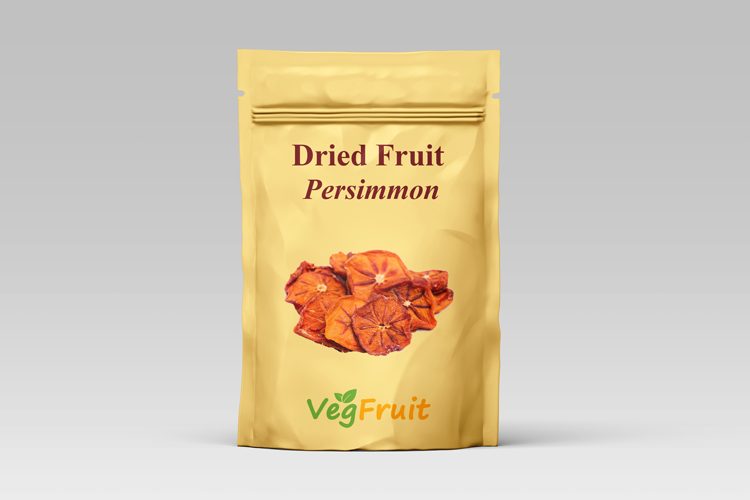
Dried Persimmons
Dried persimmons are a delicious and nutritious treat that captures the unique sweetness and flavor of fresh persimmons while offering...
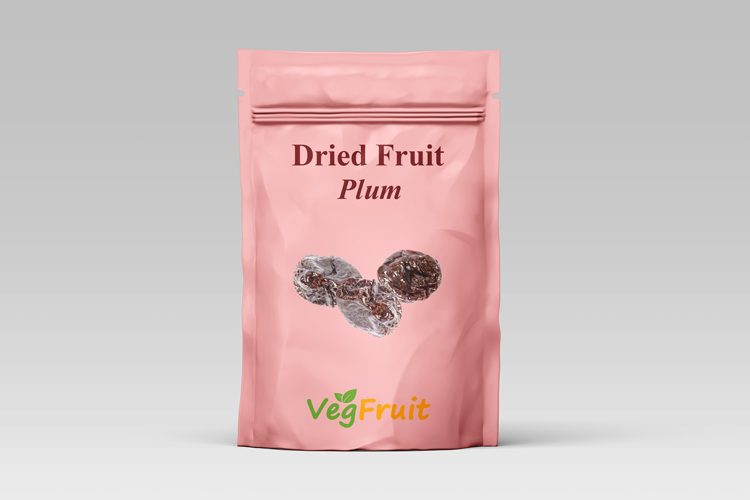
Dried Plums
Dried plums, often referred to as prunes, are a nutritious and delicious snack that offer a variety of health benefits....
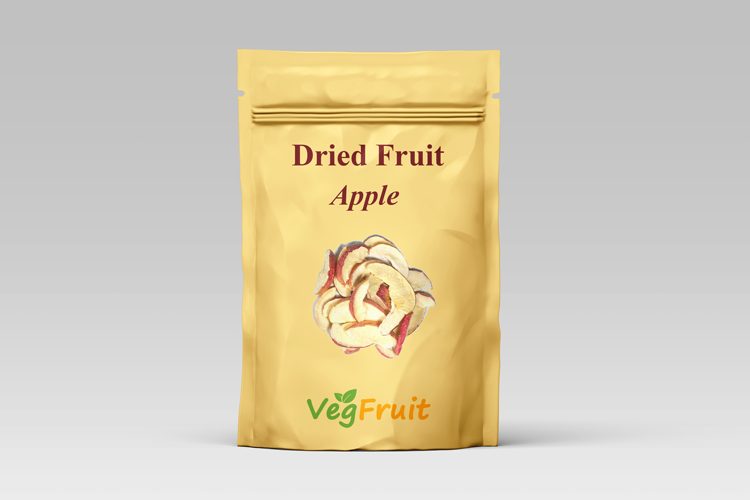
Dried Apples
The Benefits of Dry Apples and How They’re Made Dried apples have become a popular snack choice for those seeking...
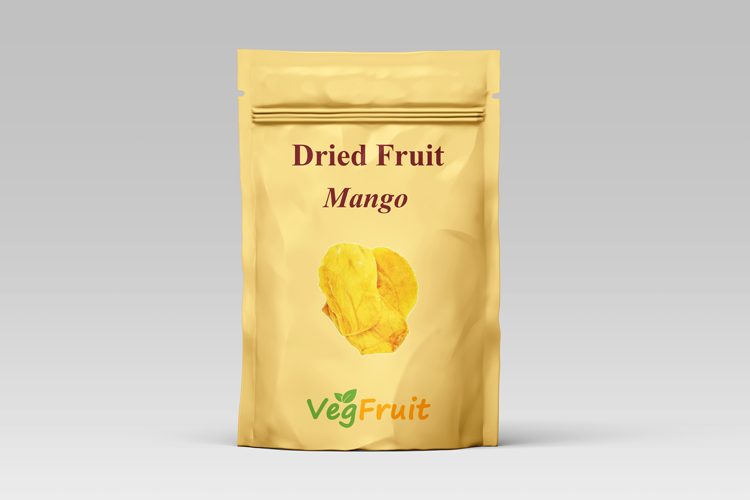
Dried Mango
Dried mango is a popular, nutrient-rich snack that captures the tropical sweetness and vibrant flavor of fresh mangoes. With its...
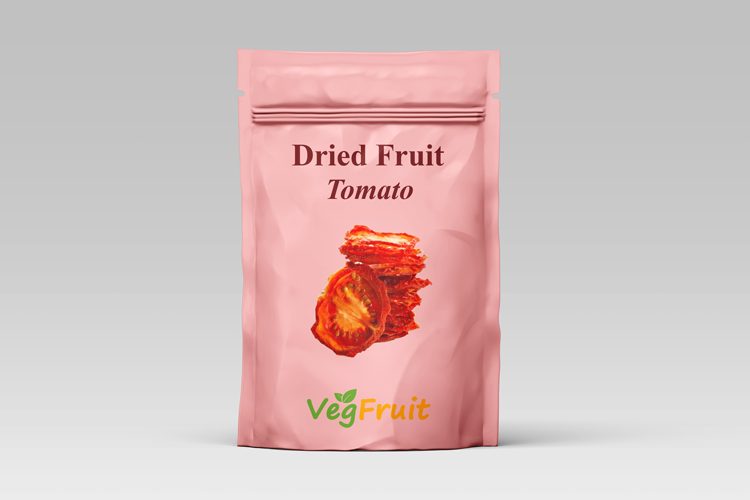
Dried Tomatoes
Dried tomatoes are a flavorful and versatile ingredient that brings the rich taste of sun-ripened tomatoes to your kitchen all...
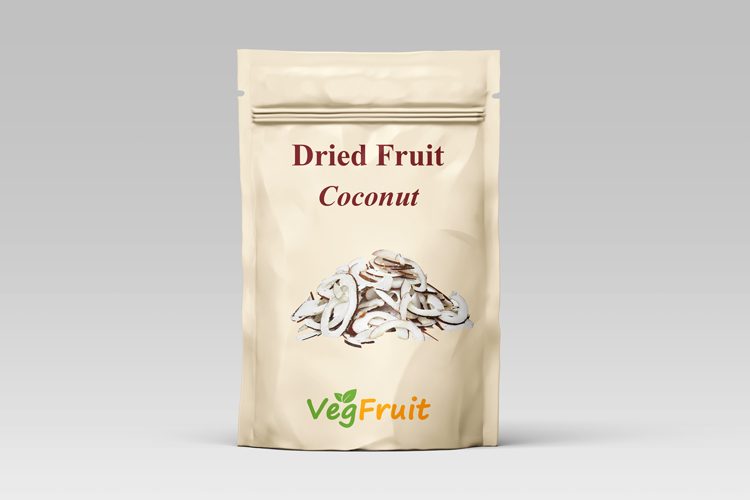
Dried Coconut
The Benefits and Process of Dry Coconut Production Coconut, a tropical fruit celebrated for its rich flavor and versatility, is...

